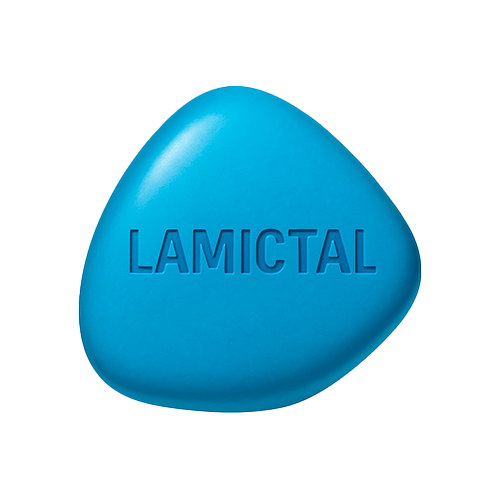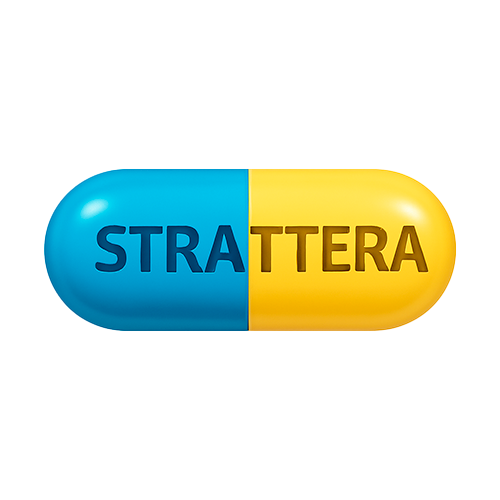Requip: Product Overview
Requip (Ropinirole) is a non-ergoline dopamine agonist specifically designed to stimulate striatal dopamine receptors. By targeting the areas of the brain impacted by dopamine deficiency, such as the hypothalamus and pituitary gland, it helps restore chemical balance in patients with neurological disorders. Its action includes inhibiting prolactin secretion, which further contributes to hormonal stability and overall neurological health. Requip is widely used for its effectiveness in improving motor symptoms and quality of life in individuals diagnosed with Parkinson’s disease.
Primary Uses of Requip
This medication is primarily indicated for the treatment of Parkinson’s disease in adults. It can be prescribed as a standalone therapy or alongside levodopa to help manage symptoms such as tremors, stiffness, and slowed movement. By incorporating Requip early in treatment, it may be possible to delay the initiation of levodopa, thus minimizing long-term side effects associated with prolonged use of the latter.
Additionally, Requip is FDA-approved for the treatment of moderate-to-severe primary Restless Legs Syndrome (RLS). Patients with RLS experience uncomfortable sensations in the legs, typically worsening at night and disrupting sleep. Requip works by calming the nerves and reducing these sensations, offering significant relief to those suffering from this condition.
Recommended Dosage and Administration
The initial dose typically recommended is 0.75 mg per day, divided into three doses of 0.25 mg each, taken throughout the day for one week. After this period, the dosage can be gradually increased based on the patient’s tolerance and response to the treatment. However, the maximum daily dosage of Requip should not exceed 24 mg. Always follow your healthcare provider’s guidance for safe dosage escalation.
What to Do if a Dose Is Missed
If a patient misses a scheduled dose and the next dose is soon due, it’s advised to skip the missed one and continue with the regular dosing schedule. If there is sufficient time before the next dose, the missed dose may be taken as soon as possible. Doubling up doses is not recommended, as it may increase the risk of side effects.
Additional Information on Levodopa Adjustment
When Requip is used in combination with levodopa, healthcare providers may recommend reducing the levodopa dosage. This adjustment helps in minimizing excessive dopamine stimulation and the likelihood of adverse reactions. Any changes to the levodopa dosage should be made gradually and under medical supervision to ensure treatment effectiveness and patient safety.
Storage Guidelines
Requip tablets should be stored at a controlled room temperature between 20°C and 25°C (68°F to 77°F). To maintain the medication’s integrity, store it in a dry, warm place inside a tightly sealed container, away from moisture and direct sunlight.
Important Safety Information
Requip may cause daytime drowsiness or sudden episodes of falling asleep without warning. Patients experiencing such effects should avoid driving or operating heavy machinery. If excessive sleepiness occurs, the dosage may need to be lowered, or the medication may need to be discontinued. In cases where sleep attacks cannot be controlled, alternative treatment options should be considered in consultation with a healthcare provider.
Disclaimer
All content provided here is for informational purposes only and does not replace professional medical advice, diagnosis, or treatment. Always consult a licensed physician or qualified healthcare professional for guidance regarding any medical condition. The authors and distributors of this information do not assume responsibility for outcomes related to the use of this content.
Possible Side Effects of Requip
Common side effects may include nausea, vomiting, dizziness, heartburn, abdominal discomfort, and dyskinesia. These symptoms are often mild and tend to appear at the beginning of treatment. Less frequent reactions may involve confusion, hallucinations, sweating, leg swelling, somnolence, and headaches. In most cases, lowering the dosage helps manage or prevent these adverse effects, allowing continued use of the medication under supervision.










Reviews
There are no reviews yet.